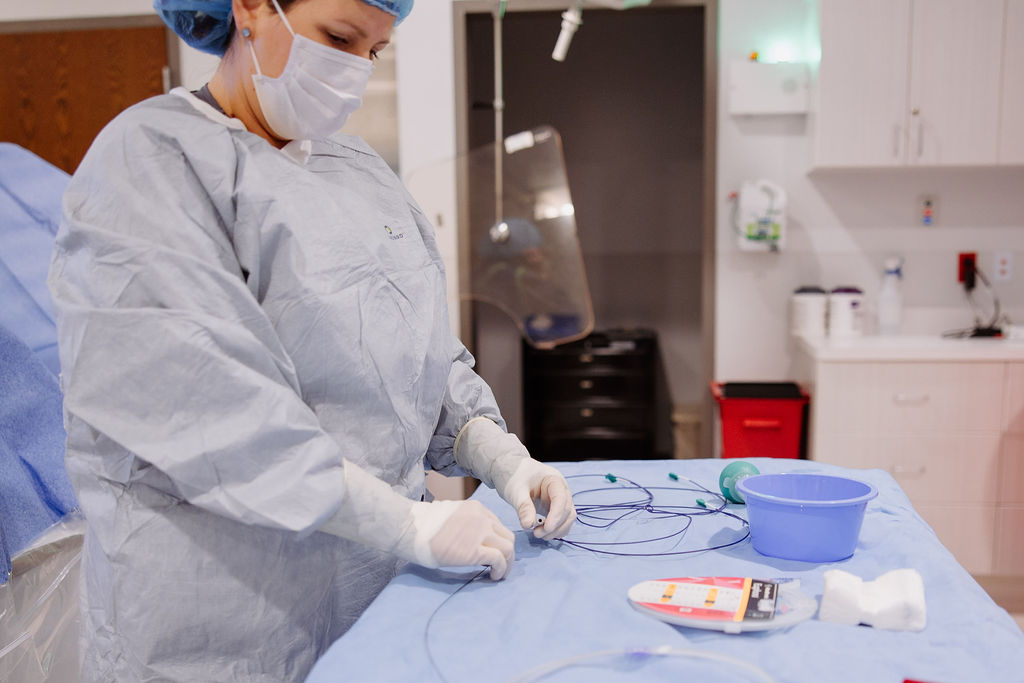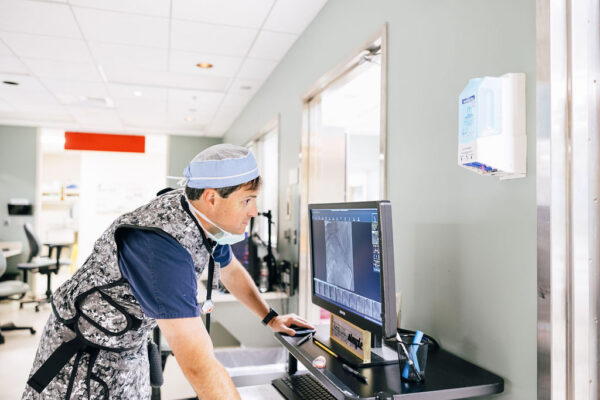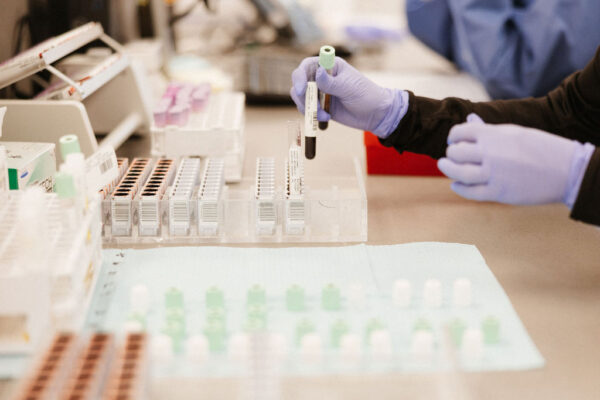How does CTO Develop?
Blockages of the coronary arteries, including CTOs, are the result of coronary artery disease. In this condition, the lining of arteries is damaged and narrowed over time as fatty deposits collect and plaque develops. This process is known as atherosclerosis. If this process develops slowly enough, a vessel can become 100% blocked and the artery will fill by new small vessels called “collaterals.” This is the body’s way of naturally bypassing the artery to keep the heart muscle alive. Unfortunately, these new collateral vessels are often inadequate to provide additional blood flow needed for physical exertion. Patients with CTOs often feel chest pain, shortness of breath, and have poor exercise tolerance.
How is Chronic Total Occlusion Treated?
Possible treatments for CTO
There are several possible treatments for CTO. Determining which is best will depend on the patient, their current health and medical history.
- Medication – Prescription medications are the cornerstone of therapy for coronary artery disease and should always be initiated before any procedures are considered
- Coronary Artery Bypass Grafting (CABG) – This bypass surgery allows an artery or vein from another area of the body to be used to make a detour for blood to flow around the blockage.
- CTO Percutaneous Coronary Intervention (CTO-PCI) – Special techniques and wires are used to either get through or around the blockage despite the 100% occlusion. A balloon is then inflated within the coronary artery to widen it and improve blood flow. Stents are subsequently placed to keep the artery patent.
What is Protected Percutaneous Coronary Intervention (Protected-PCI)?
Protected PCI is a newer, yet widely-used procedure using Impella®, the world’s smallest heart pump, to temporarily assist the pumping function of the heart.
During a PCI procedure, the Impella® heart pump ensures blood flow is maintained to critical organs such as the brain, lungs, and kidneys. The heart is allowed to rest, as the pump takes over the job of efficiently moving the blood while the blockages in coronary arteries are being repaired.
Treatment in High-Risk Patients
Many patients, either due to preference, comorbid conditions, weak heart muscle, or prior cardiac surgery are unable to get bypass surgery and their anatomy is too complex for traditional stenting.
CIS has a comprehensive program available for patients to receive the best care possible with the most advanced technology without the need for open heart surgery.
This often includes the use of two novel procedures (1) Protected Percutaneous Coronary Intervention (Protected-PCI) and (2) Coronary Chronic Total Occlusion Interventions (CTO-PCI).
Benefits of Treating CTO with Protected-PCI
- Improvement in symptoms of coronary artery disease such as fatigue, shortness of breath, swelling or coughing
- Faster recovery and a shorter hospital stay compared to traditional PCI or surgery
- Fewer future visits to the hospital for heart related issues than traditional therapy
- Reduced risk of major cardiovascular events afterwards (heart attack, stroke, etc.)








